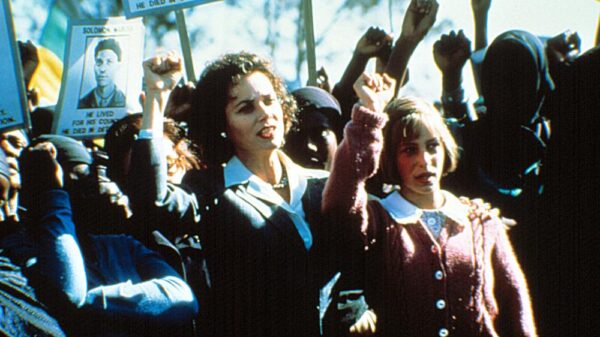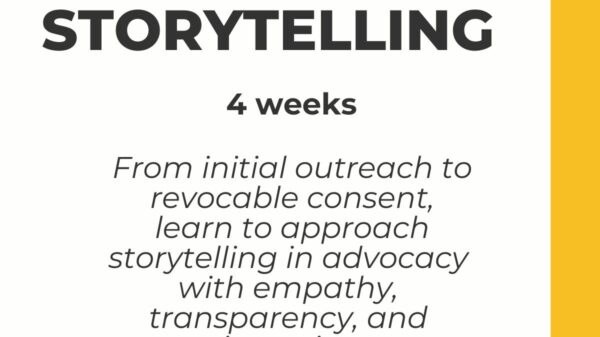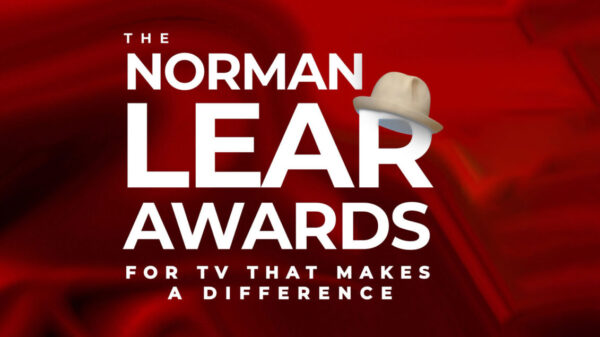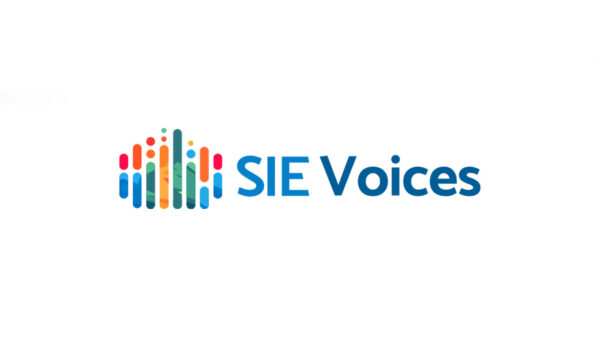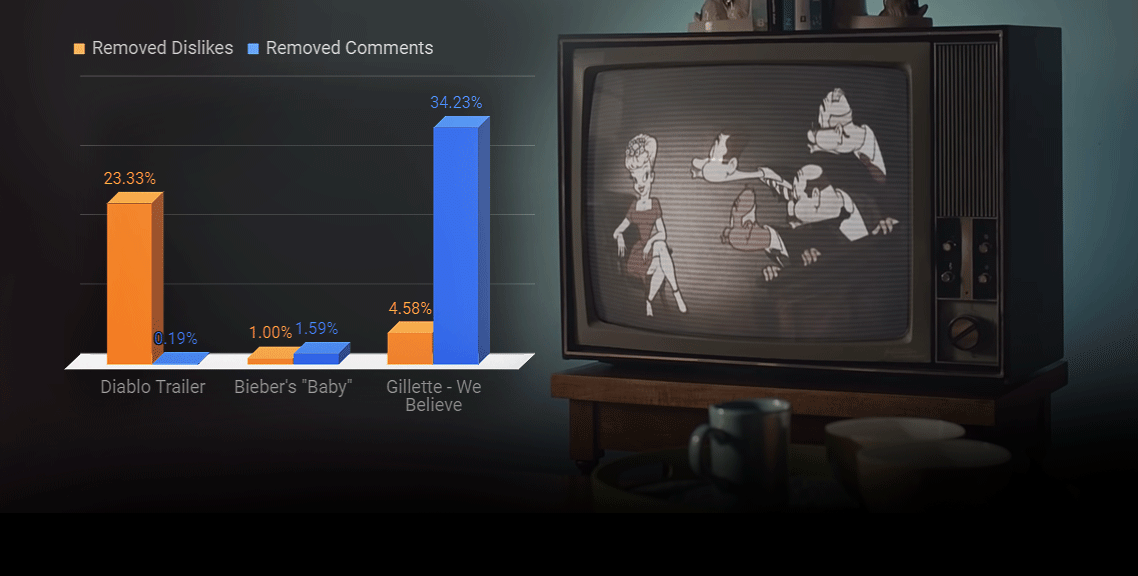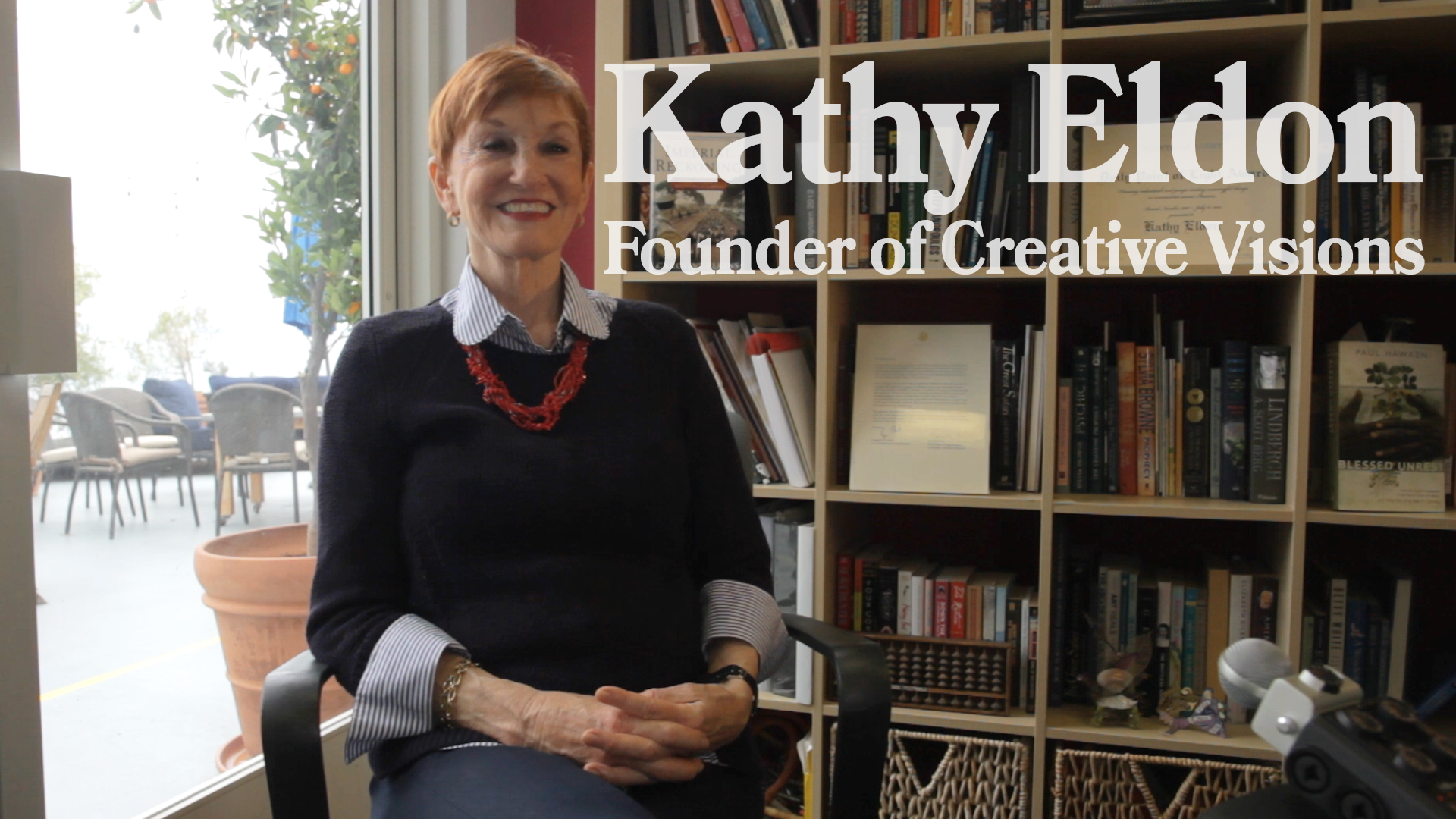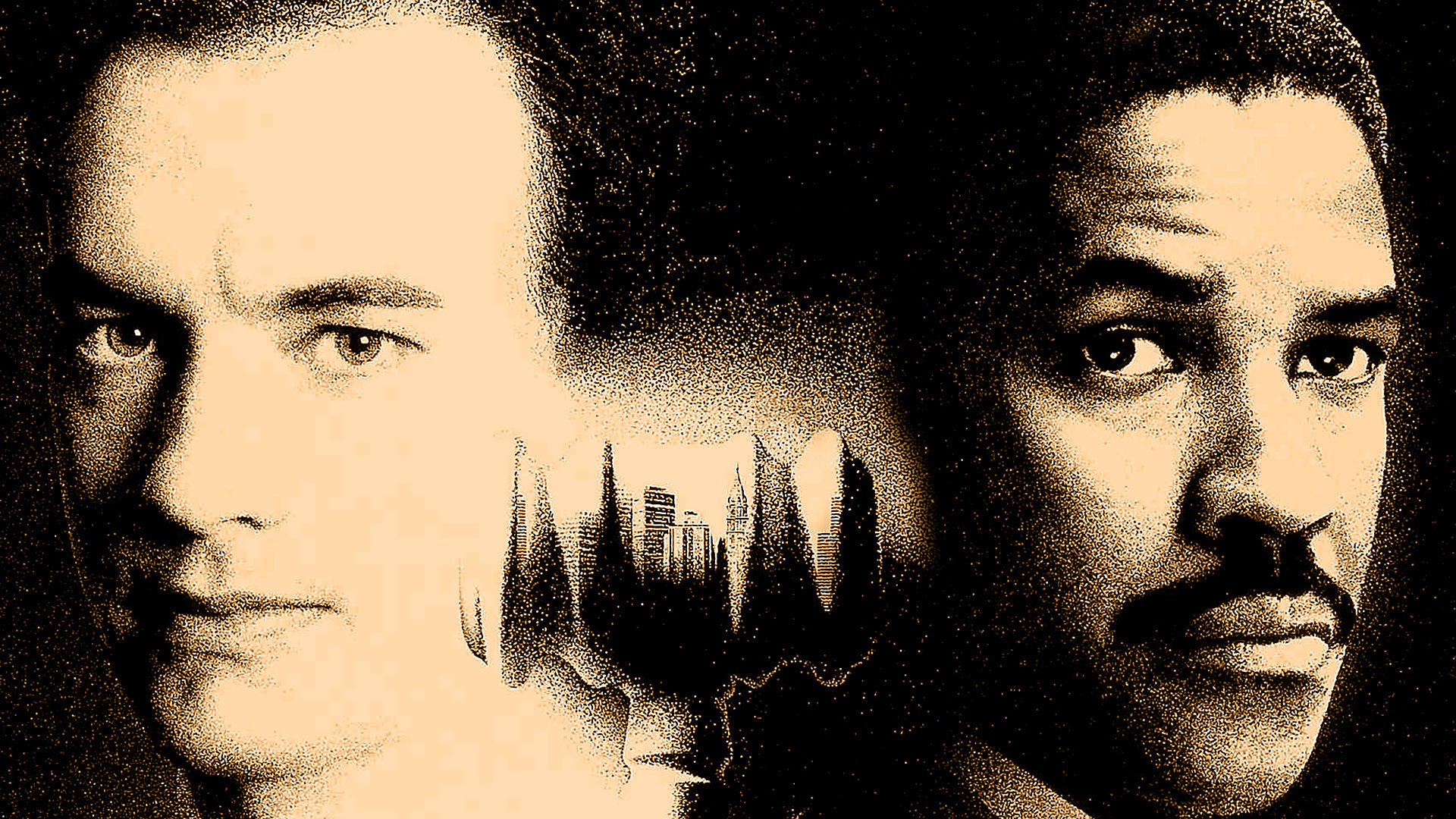What happened to the days of classical Hollywood when hit movies weren’t a sequel or some variation thereof? When a film wasn’t made on the bias to hit upwards of a billion dollars through immense amounts of action to keep us stimulated? Today, I think many would agree these aspects of the entertainment industry are what continue to be detrimental to the heart and soul that used to be Hollywood. When referring to “Hollywood,” I am speaking of archetypal studios like Paramount, Warner Brothers, etc., which have all been pillars in the formation of the industry; a time when original screenplays would get green-lit more often than screenplay adaptions. When referring to the “entertainment industry,” I am speaking of all companies young and old that contribute to the pool of film and media content. However, today we see studios that were once powerhouses now struggling to stay afloat; MGM is perhaps a key example of this type of decline. Now our movie-going experience has completely transformed, and who is to blame? Moviegoers and filmmakers seem to all have different theories; some blame media-tech companies like Netflix that keep people comfortable in their homes, others blame globalization as China continues to have a larger influence over the films America produces, and others simply blame consumers, claiming audiences today are harder to please. Perhaps all of the above are true, but what few have bothered to examine are the effects conventional economics has had on Hollywood. What this article will try to prove is how Hollywood continues to dig its own grave by focusing narrowly on the same conventional economic model, thus failing to adapt to behavioral economics. I will take from sources on the web that discuss relevant topics in the entertainment industry, while supplementing with works from Daniel Kahneman’s Thinking Fast and Slow, Dan Ariely’s Predictably Irrational, as well as other key points from Ry Schill, a professor at Cambridge who I had the pleasure of working with this summer. Ultimately, Hollywood’s direction should cause us to ask ourselves where it will be in 10, 20 or 30 plus years. As a cultural industry, how can it thrive if it is becoming so narrowly focused on “tentpole” films that strip originality away not just from those involved in making the films, but also those who watch? Who will, or who has already started to fill this void Hollywood is creating in producing unoriginal and regurgitated stories? Answers to such questions will paint a larger narrative as to where Hollywood could potentially end up in the future, and how behavioral economics could pivot the trajectory of an industry that is thriving on short-term successes.
YOUR BRAIN & ITS BIASES (TRUST ME, YOU DON’T WANT TO SKIM THIS PART)
In Thinking Fast and Slow, Kahneman discusses the differences between the System 1 and System 2 parts of the brain. He describes System 1 as operating “automatically and quickly, with little or no effort and no sense of voluntary control,” while System 2 “allocates attention to the effortful mental activities that demand it, including complex computations.”[1] For the sake of argument, lets consider the entertainment industry having a mind of its own that, much like a human’s mind, battles between its System 1 and 2 preferences. However, entertainment’s System 1 has a streamlined goal that operates on a linear equation with little room for flexibility. In the mind of Hollywood today, its System 1 goal is to produce content that reaps (huge) profit, gains in popularity, and if at all possible ensures the making of a sequel for a sense of short-term security. As Kehneman would suggest, these kinds of acts of security operate within System 1 to create an illusion, where one’s understanding of the past “feeds the further illusion that one can predict and control the future. These illusions are comforting. They reduce the anxiety that we would experience if allowed ourselves to fully acknowledge the uncertainties.”[2] However, System 2 recognizes the risks in operating linearly, bearing in mind the social aspects involved in creating such one-sided content for consumers. It recognizes the need to fulfill originality as a cultural industry, fearing the linear equation that could effect the long-term through short-term successes. By putting each system in conversation with one another, behavioral economics can help create a balance in seeing how each operate together to reach the same end goal.
YOUR BRAIN + HOLLYWOOD’S “BRAIN”
Many aspects of Hollywood today continue to inhibit itself from recognizing the behavioral elements of its own industry by focusing narrowly on its economic gains. Hollywood now aims (and thrives) on tentpole films, big budget movies that will have promising global returns. Examples of tentpole films include the Harry Potter series, The Hunger Games, Fast & Furious, etc. Making these films that guarantee at least 3 sequels is where Hollywood continues to peg itself in becoming an industry that makes only large grandiose films. This has become an issue of relativity, as Ariely suggests, “we not only tend to compare things with one another but also tend to focus on comparing things that are easily comparable – and avoid comparing things that cannot be compared easily.”[3] It is allowing for its System 1 to pervade System 2 in agreeing for the remake of certain films based, perhaps unintentionally, on the comparison of films like Titanic and Avatar that created a historically high standard as to what it meant to succeed (let’s not forget, these two films were black swans, many feared their potential and saw them as financial suicide). These actions are contributing also to what Kahneman would call a “hindsight bias” where in this case it leads studio execs “to assess the quality of a decision not by whether the process was sound but by whether its outcome was good or bad.”[4] Thus, because the Fast & Furious franchise has done so well at the box office, Hollywood sees danger in grappling with its System 2 to create something fresh. Instead, responding to its System 1 method seems like the safest bet in making (now seven) Fast & Furious films for the sake of profit. Let me be clear, I work in entertainment and have a fond admiration for what our executives do (as I aspire to perhaps fill their shoes one day), however what Hollywood is missing now is a sense of equilibrium; and when and if I do fill the shoes of an executive I want there to be a sense of balance in the content we consume. Right now, Hollywood’s current method is detrimental to it as an industry, and arguably to society’s culture as a whole. With this System 1 model, Hollywood will undoubtedly continue to make Fast & Furious films until the day they stop generating profit, at which point the industry will frantically move on to the next tentpole at the expense of original films with original screenplays (and who knows, there could be the next Avatar buried in all the unread stacks of screenplays collecting dust on an intern’s desk). It has started to create a dichotomy in society’s cultural entertainment: tentpole films vs. all other films. It’s no surprise that today “all other films” are struggling to remain relevant in Hollywood, as its outrageous anchoring effect continues to affect subsequent judgments of box office success. This anchoring effect has introduced an entirely new standard as to what it means to create a successful film with Avatar grossing $2.7 billion worldwide, causing us to question how much longer other films of a less grandiose nature have left to survive in mainstream Hollywood.
With this narrow trajectory of tentpole filmmaking for the sake of massive gains, it gives rise to the question as to where Hollywood is destined to go as it continues see all other films as financial suicide. Many have tried to answer this, and some of Hollywood’s greatest minds have said Hollywood is on the brink of a major implosion. Steven Spielberg has been quoted in believing that it will take a few half dozen blockbusters to flop at the box office to alter the industry forever.[5] He then predicts that price variances at movie theaters could be introduced where, “you’re gonna (sic) have to pay $25 for the next Iron Man, you’re probably only going to have to pay $7 to see Lincoln.”[6] Spielberg then went on to say that Lincoln “came ‘this close’ to being an HBO movie instead of a theatrical release.”[7] Similarly, George Lucas suggests movies could turn “into a Broadway play model, whereby fewer movies are released, they stay in theaters for a year and ticket prices are much higher.”[8] If a movie like Lincoln was close to becoming an HBO film, this has heavy implications on Hollywood’s potential trajectory. If Hollywood wishes to continue as a large player in producing content with a balanced portfolio, it must pivot. By contributing behavioral economics to its overdone, conventional economic tendencies it could save itself from sewing the seeds to its own destruction.
YOUR BRAIN + HOLLYWOOD’S “BRAIN” + REAL-LIFE EXAMPLE
One prevalent instance to Hollywood’s self-destruction is the writer’s strike of 2007-2008 that lasted nearly 100 days. As The Los Angeles Times noted, the walkout cost an estimated $3 billion to the local economy, shedding light on how heavily reliant the city of Los Angeles is on the contribution of employees in entertainment.[9] The writer’s walked out of their jobs largely to mandate payments on shows displayed via the web while also securing the WGA’s authority for programming on the Internet. Up until that point, studios mocked at writer’s who were demanding such seemingly reasonable requests, suggesting they instead receive “multiyear study”, a tradeoff that still had Hollywood reaping most of the profit and leaving its writers exploited and overworked.[10] This strike is one dramatic example as to how Hollywood’s attentional bias is condoning irrational behavior on an internal, corporate level. Hollywood continues to operate by focusing on one or two solutions to a problem, while ignoring the rest. Its attentional bias leaves it focusing narrowly on issues that should receive more notice, much like the strike that started small but quickly grew, or the creation of tentpoles. Ultimately the writers won a hard battle, but still fell short under Hollywood’s new contract. In the end, “writers received guarantees that any guild member hired to create original shows for the Web would be covered under a union contract. But the tentative contract enables studios to hire nonunion writers to work on low-budget Internet shows, giving them flexibility they sought to compete…”[11] The strike disrupted not just the studios involved, but also the local economy and much of the nation’s audiences who expected new shows on television.
The writer’s strike was one of the most detrimental strikes in Hollywood in recent years. If Hollywood wishes to remain competitive as a cultural industry at least in the market of original content it must refocus, which is where behavioral economics could play a key part in this solution. Behavioral economics will help add to its current models in seeing beyond the linear equation of how to maximize profit. Behavioral economics recognizes biases (such as the ones previously mentioned) and uses them as vehicles to prevent detrimental events like the writer’s strike. Unfortunately it seems to take Hollywood such extremes in order for it to recognize the need for certain benefits and changes in policy to keep its industry moving forward. Hollywood shouldn’t wait until the next strike or until a dozen blockbusters flop to bring change, which is where a model that introduces a mix of economics and psychology could create equality within its corporate sectors and a sense of equilibrium in theaters. Furthermore, Hollywood’s perceived glamour continues to attract talented employees but fails at appreciating lower levels of management through indecent pay and difficult working conditions. It has successfully created a gambler’s fallacy as an industry, causing its lower-tiered employees to be exploited in also operating on the hope of achieving great success and respect. This has allowed for an intense stratification of wealth between employees and a legitimization of poor working conditions. However, this old-fashioned hierarchical pyramid is quickly being challenged as newer companies like Hulu are forming, changing the way the entertainment industry operates.
OLD HOLLYWOOD VERSUS NEW HOLLYWOOD
Hollywood is not changing, and as a result it is allowing younger companies to learn from its stagnation in fixing the way the entire entertainment industry runs. Netflix was (arguably) a pillar in this change, introducing not just progressive original content but also progressive working conditions and very high salaries. There’s no rational reason as to why Hollywood couldn’t at least strive for these goals before VOD (video on demand) and younger companies alike, other than the fact that it is stuck in operating within System 1. Hollywood operates until it is on the brink of a disaster before it justifies its need to change, and as result it has turned into an industry that produces selective films while suppressing upward mobility. If Hollywood embraced behavioral economics just as other VOD/entertainment-tech companies have started to do, it would see greater returns not just financially but also in viewers’ and employees’ fulfillment. In focusing on tentpole films, Hollywood is only benefiting in the short-term, allowing younger companies with fresher content and happier employees to more likely dominate the market in the future.
In order to deconstruct its growing bubbling issue Hollywood must begin to embrace its behavioral economic counterpart, a concern that continues to give Hollywood’s key decision makers an implausible view of the future. As Spielberg and Lucas suggest, Hollywood is heading in a direction that permits itself in becoming an industry of spectacle at the expense of its traditional past and unknown future. It’s as if Hollywood today rests at a crossroads in having to decide which direction it wants to pursue; one that wishes to compete with more tech-driven companies in structure and content, or one that will capitalize on the making of big budget films perhaps to evolve in a Broadway-type model per Lucas’ prediction. At its surface, it seems pursing the avenue of spectacle would be the most plausible path for Hollywood to follow. However, the thought of Hollywood evolving into such a grandiose repetition is saddening, a reminder of the darker sides of conventional economics in blinding those so deeply involved with its numbers effecting the wider portfolio of films we used to expect from Hollywood. Yet conventional economics is not entirely the culprit, however it has been wrongly misused in the pursuit of making movies; it has been allowed to influence how an industry of cultural gatekeeping operates. If Hollywood embraced behavioral economics in addition to conventional economics, it would create a finer sense of equilibrium for its content, viewers, and employees involved. There are many solutions to the problem, but to be clearer as to how to incorporate behavioral economics – allow me to spitball an idea. To create a sense of equilibrium is to allow for the integration of a grandiose experience (say, IMAX), with films that don’t necessarily have to be of a grandiose nature. Let’s take Bird Man for example, one of the lowest grossing movies to ever win an Oscar for best picture. However, what if we had allowed Bird Man to run alongside an Avenger-type film, perhaps then we could experiment releasing a film of more artistic character with a film of more, let’s say, grandiose nature like any Marvel film. A film like Bird Man I’d argue would be awesome in 70mm, we just have to begin to incorporate such films with our growing technologies and not toss them aside; what if it didn’t win an Oscar? What would have happened to its reputation as a well-done, artistically-risky, original film? More tech-driven companies like IMAX and Netflix have grown exponentially in the last decade in large part due to their ability to more finely balance its System 1 and System 2, but it is still not too late for Hollywood to do the same.
[1] Kahneman, D. (2011). Thinking Fast and Slow (p. 22). New York, New York: Farrar, Straus and Ciroux.[2] Kahneman, D. (2011). Thinking Fast and Slow (p. 200). New York, New York: Farrar, Straus and Ciroux.[3] Ariely, D. (2008). Predictably Irrational (p. 8). New York, New York: HarperCollins Publishers.[4] Kahneman, D. (2011). Thinking Fast and Slow (p. 198). New York, New York: Farrar, Straus and Ciroux.[5] Bond, Paul. “Steven Spielberg Predicts ‘Implosion’ of Film Industry.” June 12, 2013.[6] Ibid.[7] Ibid.[8] Ibid.[9] Eller, Claudia, and Richard Verrier. “Hollywood Writers Strike Ends.” February 13, 2008.[10] Eller, Claudia, and Richard Verrier. “Hollywood Writers Strike Ends.” February 13, 2008.[11] Ibid.


